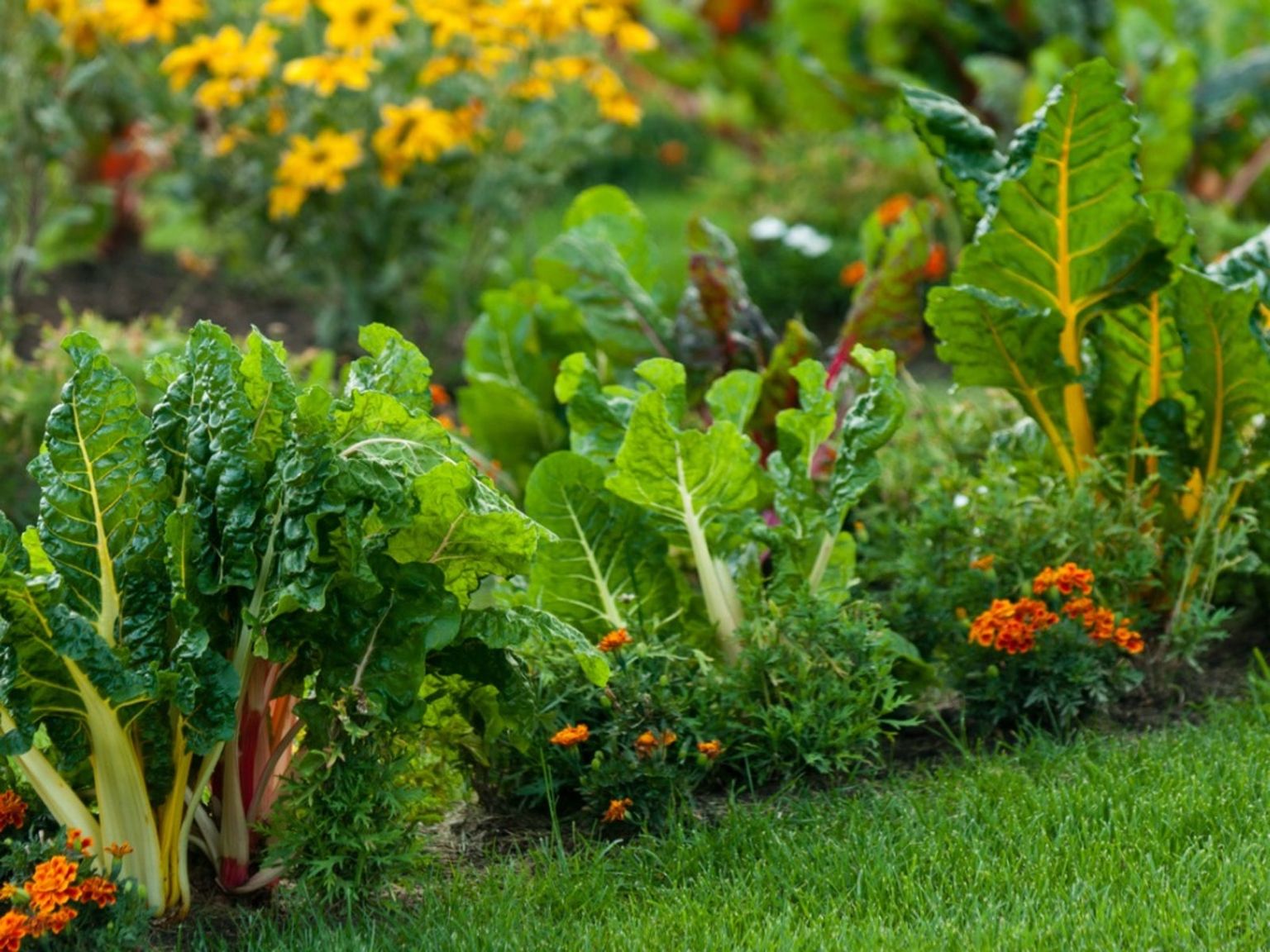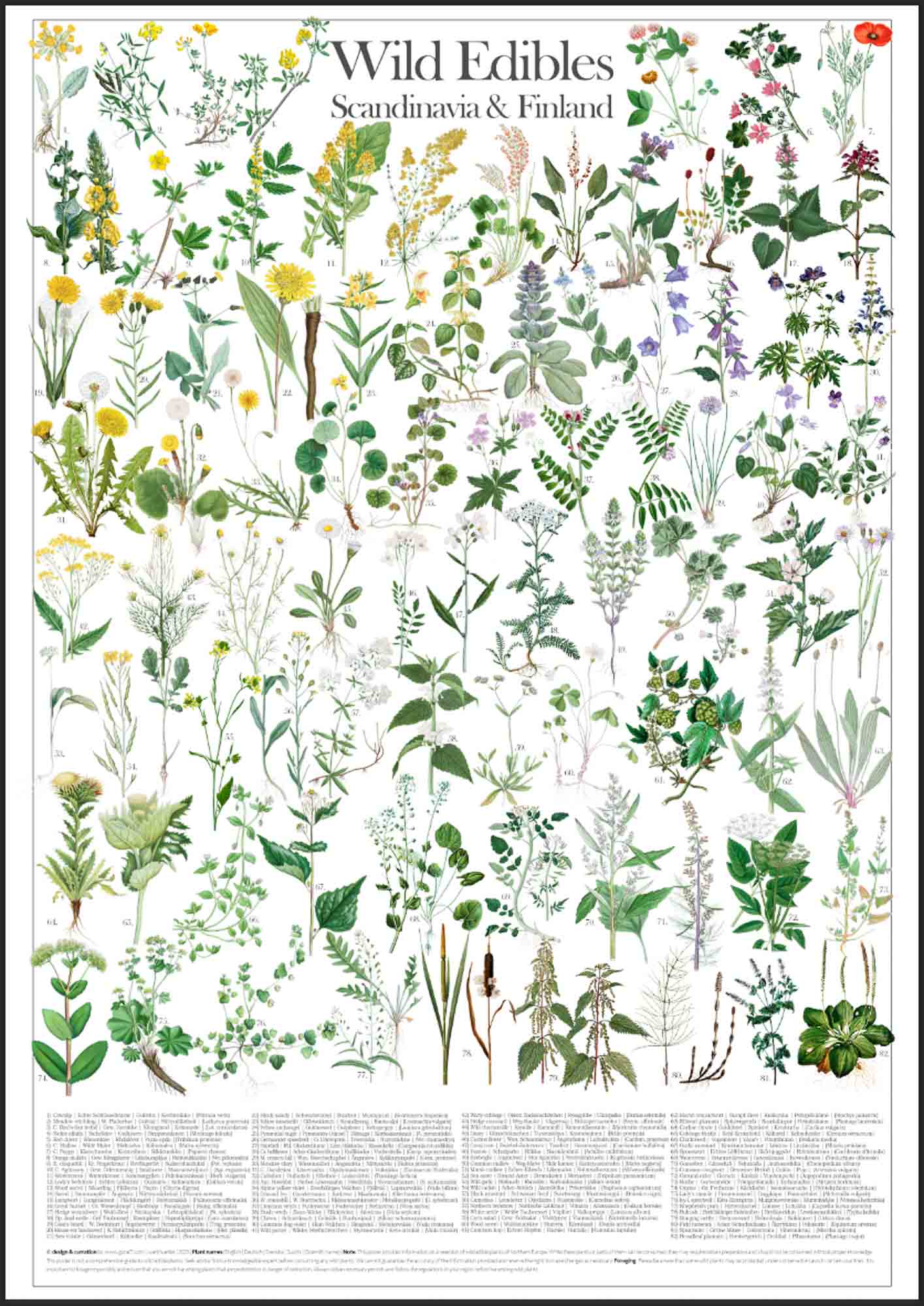“edible plants
- The Unseen Architect: Understanding Sunlight Requirements For Thriving Plants
- Heat Resistant Plants
- Okay, Here Is A Comprehensive Article About Garden Border Plants, Aiming For Approximately 1600 Words, Written In English.
- Tropical Plants
- Fiddle Leaf Fig
Table of Content

The Verdant Larder: Exploring the World of Edible Plants
From the dawn of humanity, plants have been the bedrock of our sustenance, a silent, verdant larder offering everything from life-giving nutrients to medicinal remedies. The relationship between humans and edible plants is not merely one of consumption; it is a profound, intricate dance of survival, adaptation, and co-evolution that has shaped cultures, driven exploration, and laid the very foundations of civilization. In an age increasingly disconnected from the origins of our food, understanding and appreciating edible plants – both wild and cultivated – is more crucial than ever, offering pathways to improved health, greater self-sufficiency, and a deeper connection to the natural world.
The Deep Roots of Human-Plant Connection
Before the advent of agriculture, early humans were hunter-gatherers, relying heavily on their intimate knowledge of the local flora and fauna. Every berry, root, leaf, and seed held potential, but also peril. Generations of observation, trial, and error – often with fatal consequences – slowly built a vast, empirical database of edible and medicinal plants, passed down through oral tradition and practical demonstration. This ethnobotanical knowledge was not just about survival; it was about thriving, understanding the subtle cues of the seasons, and harnessing the earth’s bounty.
The agricultural revolution, beginning around 10,000 years ago, marked a pivotal shift. Humans began to domesticate wild plants, selecting for desirable traits like larger fruits, higher yields, or easier harvest. This deliberate cultivation led to the creation of staple crops – wheat, rice, corn, potatoes – which in turn enabled settled communities, population growth, and the development of complex societies. Yet, even with widespread agriculture, the knowledge of wild edibles persisted, serving as supplementary food sources, famine foods, or specialized ingredients for medicine and flavor.
Today, while the majority of our food comes from large-scale agriculture, there’s a growing resurgence of interest in edible plants beyond the supermarket aisle. This renewed curiosity is driven by a desire for healthier, more sustainable food choices, a yearning for self-reliance, and a rediscovery of traditional culinary and medicinal practices.
The Multifaceted Benefits of Edible Plants
Incorporating a diverse array of edible plants into our diets and lifestyles offers a myriad of benefits:

Nutritional Powerhouses: Plants are packed with essential vitamins, minerals, fiber, and antioxidants that are vital for human health. Dark leafy greens like spinach and kale are rich in iron and Vitamin K. Berries are bursting with Vitamin C and powerful antioxidants. Roots provide complex carbohydrates and an array of micronutrients. A diet rich in plant diversity supports robust immune function, healthy digestion, and reduces the risk of chronic diseases. Wild edibles, in particular, often boast higher concentrations of certain nutrients compared to their cultivated counterparts, having evolved to thrive without human intervention.
-
Sustainability and Environmental Impact: Growing and consuming local, seasonal edible plants significantly reduces the carbon footprint associated with food production and transportation. It promotes biodiversity by encouraging the cultivation and preservation of a wider range of species, rather than relying on a few monoculture crops. Foraging, when done ethically, has an even lower environmental impact, as it requires no tilling, irrigation, or synthetic inputs.
-
Self-Sufficiency and Resilience: Knowing how to identify, grow, and utilize edible plants fosters a sense of independence and food security. In an unpredictable world, the ability to supplement one’s diet from a garden or local wild spaces is an invaluable skill. It builds resilience at both individual and community levels, making us less vulnerable to disruptions in the conventional food supply chain.
-
Connection to Nature and Mindfulness: Engaging with edible plants, whether through gardening or foraging, deepens our connection to the natural world. It encourages observation, patience, and a greater understanding of ecological cycles. The act of tending a garden or carefully identifying a wild plant can be a meditative, grounding experience, fostering mindfulness and a sense of belonging to the broader ecosystem.

-
Culinary Exploration: Edible plants offer an astonishing array of flavors, textures, and aromas that can transform ordinary meals into extraordinary culinary experiences. From the peppery bite of wild cress to the earthy sweetness of roasted root vegetables, they invite experimentation and creativity in the kitchen.

Categories of Edible Plants
Edible plants can broadly be categorized into two main groups:
A. Wild Edibles (Foraged Plants)
These are plants that grow without human intervention, thriving in their natural habitats – forests, fields, roadsides, and even urban cracks. Foraging for wild edibles connects us directly to the land and its inherent bounty.
-
Examples:
- Dandelion (Taraxacum officinale): All parts are edible. Young leaves are slightly bitter, excellent in salads or sautéed. Flowers can be used in wine or fried. Roots can be roasted for a coffee substitute or used medicinally.
- Plantain (Plantago major/lanceolata): The young leaves of both broadleaf and narrowleaf plantain are edible, high in vitamins and minerals. They have a mild, slightly bitter taste, good raw or cooked.
- Nettles (Urtica dioica): While stinging raw, cooking or drying nettles removes the sting. Rich in iron, calcium, and vitamins, they make excellent soups, teas, and cooked greens. Harvest with gloves!
- Wild Garlic/Ramps (Allium tricoccum): A prized spring ephemeral with a strong garlicky flavor. Leaves, bulbs, and flowers are all edible.
- Purslane (Portulaca oleracea): A succulent weed rich in Omega-3 fatty acids, with a slightly tart, lemony flavor. Excellent in salads or stir-fries.
- Lamb’s Quarters (Chenopodium album): A relative of spinach, its young leaves are tender and nutritious, perfect for steaming or adding to dishes.
- Berries: Wild blackberries, raspberries, blueberries, elderberries, and mulberries are abundant in many regions, offering sweet, nutritious treats. (Always be certain of identification, as some berries are poisonous).
-
Considerations for Foraging:
- Identification is Paramount: Never consume a plant unless you are 100% certain of its identification. Many edible plants have poisonous look-alikes.
- Location Awareness: Avoid foraging near roadsides, industrial areas, or conventional farms where plants may be contaminated with pollutants or pesticides.
- Ethical Harvesting: Take only what you need, leave plenty for wildlife and for the plant to regenerate. Never decimate a patch.
- Permission: Always obtain permission before foraging on private land.
B. Cultivated Edibles (Garden & Farm Plants)
These are plants intentionally grown by humans in gardens, farms, and orchards. They represent the vast majority of our global food supply and have been selectively bred over millennia for specific traits.
- Examples:
- Leafy Greens: Lettuce, spinach, kale, Swiss chard, collard greens, arugula.
- Root Vegetables: Carrots, potatoes, beets, radishes, turnips, sweet potatoes, parsnips.
- Fruiting Vegetables (Botanically fruits): Tomatoes, cucumbers, peppers, squash, zucchini, eggplant.
- Legumes: Beans (green beans, kidney beans, black beans), peas, lentils.
- Grains: Wheat, rice, corn, oats, barley, quinoa.
- Fruits: Apples, oranges, bananas, berries (cultivated varieties), peaches, pears.
- **Herbs

